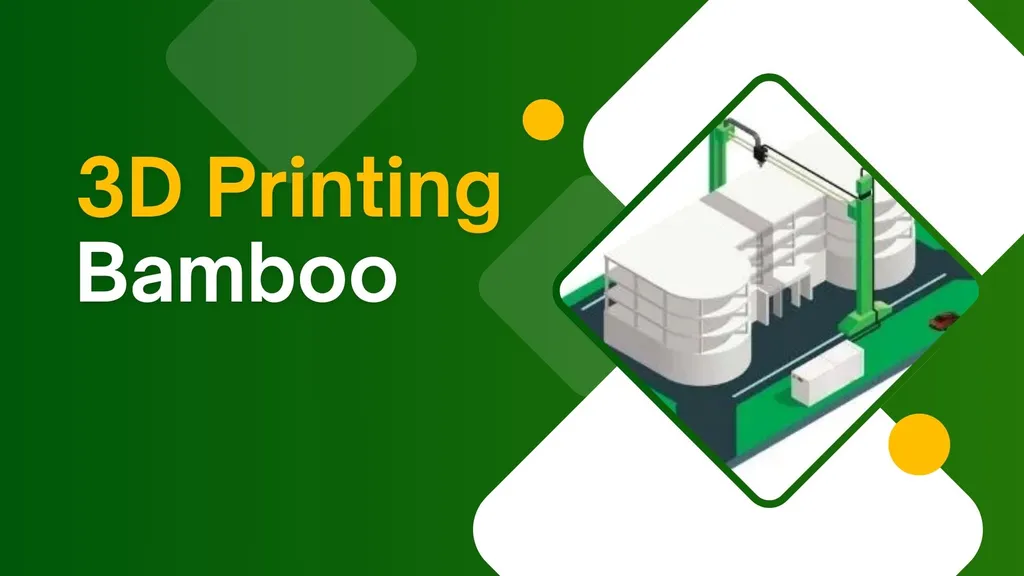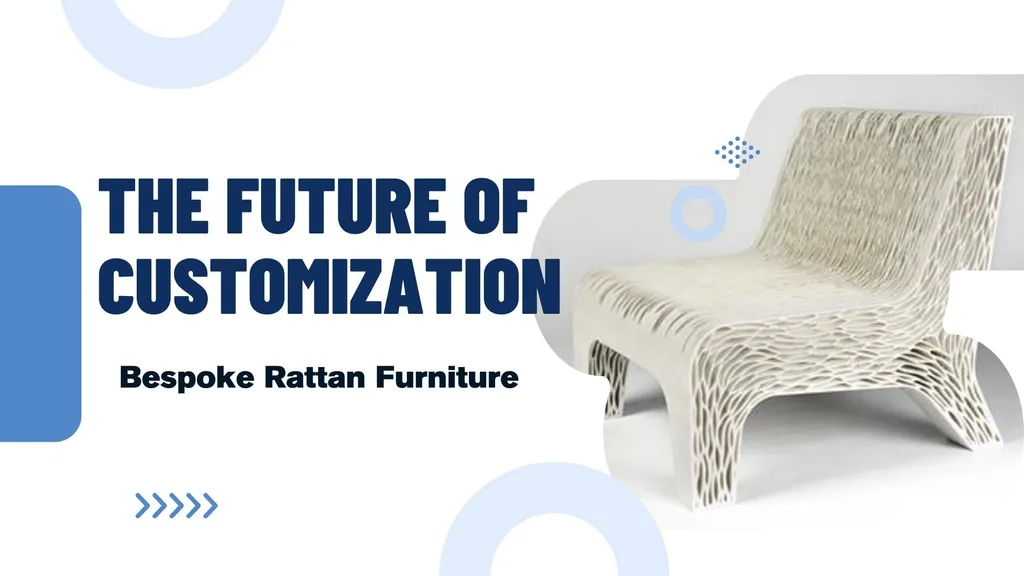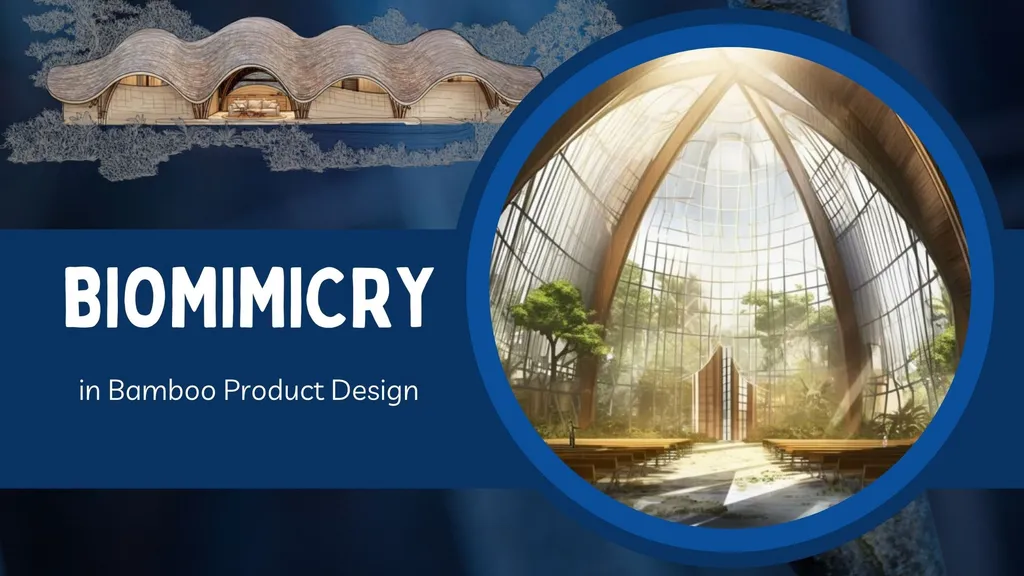
In the quest for sustainable manufacturing, bamboo composites paired with 3D printing are revolutionizing the industry. This dynamic duo blends the eco-friendly strength of bamboo with the precision of additive manufacturing, creating innovative, sustainable products for a greener future. From construction to consumer goods, bamboo composites offer a compelling alternative to traditional materials, balancing environmental responsibility with cutting-edge technology.
Why Bamboo Composites Shine in 3D Printing
Bamboo is a sustainability superstar. It grows rapidly—reaching harvestable maturity in just 3-5 years compared to decades for hardwoods—and sequesters up to 62 tons of CO2 per hectare annually. Its lightweight, durable fibers make it ideal for 3D printing, reducing waste through precise material use and minimizing energy demands due to low processing temperatures. These qualities translate into cost savings, eco-friendly production, and high-performance products that rival conventional materials like metals and plastics.
Environmental Benefits
Rapid Renewability: Bamboo regenerates without replanting, preserving soil and biodiversity.
Carbon Sequestration: Absorbs significantly more CO2 than traditional timber.
Low-Energy Processing: Requires less energy, reducing emissions and supporting local economies through localized sourcing.
Mechanical Superiority
Bamboo composites boast impressive stats:
Tensile Strength: Up to 350 MPa, comparable to mild steel.
Flexural Modulus: 20-40 GPa, surpassing many thermoplastics.
Lightweight Durability: Perfect for applications requiring strength without bulk, like automotive and aerospace components.
Applications Across Industries
Construction and Architecture
Bamboo composites enable sustainable, innovative designs in construction. Their high strength-to-weight ratio and natural elasticity make them ideal for beams, panels, and seismic-resistant structures. 3D printing enhances this by allowing precise, waste-free fabrication of complex, organic shapes that elevate eco-friendly architecture.
Automotive Innovations
In the automotive sector, bamboo composites reduce vehicle weight, boosting fuel efficiency and cutting emissions. From dashboards to interior trims, they offer durability, aesthetic appeal, and sustainability, aligning with the industry’s push for greener vehicles.
Consumer Products
Bamboo-based 3D printing filaments are transforming consumer goods. Biodegradable kitchenware, stylish accessories like eyewear, and custom home décor items combine functionality with eco-conscious design, appealing to sustainability-driven consumers.
Advances in 3D Printing Technology
Fused Deposition Modeling (FDM) has unlocked bamboo’s potential in 3D printing. Innovations include:
Hybrid Filaments: Combining bamboo with polymers like PLA for enhanced strength and versatility.
Optimized Printing: Fine-tuned parameters ensure structural integrity and minimal waste.
Chemical Enhancements: Treatments improve fiber bonding and moisture resistance, expanding applications.
Bamboo vs. Other Materials
Compared to other natural fibers like hemp or wood, bamboo stands out:
Vs. Hemp: Bamboo offers superior tensile strength (350 MPa vs. 250 MPa) and faster growth with less water usage.
Vs. Wood: Bamboo matures faster and provides better flexibility and moisture resistance.
Vs. Synthetics: Lower production costs and environmental impact make bamboo a cost-effective, eco-friendly alternative.
The Future of Bamboo Composites
Research is pushing bamboo composites further, exploring high-performance fiber blends, robotic fabrication, and 4D printing for adaptive designs. Challenges like fiber consistency and scaling production are being tackled through advanced processing and quality control, promising broader adoption.
Bamboo composites in 3D printing are paving the way for a sustainable manufacturing revolution. Their blend of strength, versatility, and eco-friendliness positions them as a game-changer across industries. As pioneers like Ethical Handicraft Manufacturer (EHM) embrace these materials, the future of crafting sustainable, innovative products looks brighter than ever.




